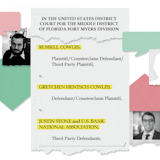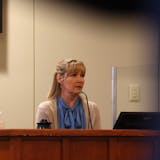Call it a sneak preview of the recount.
Twenty men and women settled in along tables at the Ramsey County elections office first thing Monday morning and began plowing through more than 7,700 ballots cast last Tuesday in the U.S. Senate race.
After nearly three hours of counting, Norm Coleman had lost exactly one net vote in five of the county's precincts. Al Franken had gained exactly one.
This isn't a recount, but it sure looks like one.
"You take the ballots out, you count them by hand and you report the results -- exactly what we'll be doing with the [recount]," said Joe Mansky, the county elections director in the midst of overseeing what is known as a "postelection audit," currently underway in all 87 Minnesota counties.
This audit process functionally has nothing to do with the looming statewide recount. It is mandated by a four-year-old state law and is intended to check the accuracy of Minnesota's optical scan voting machines.
But with the massive, 2.9 million-vote recount of the U.S. Senate race set to begin next week, these audits provide something of a curtain-raiser of just how that process will unfold.
Every vote is counted, by hand, with only election judges and elections staffers touching them. The whole process is open to the public, so it occurs under the watchful eyes of good-government volunteers and operatives for the campaigns.



